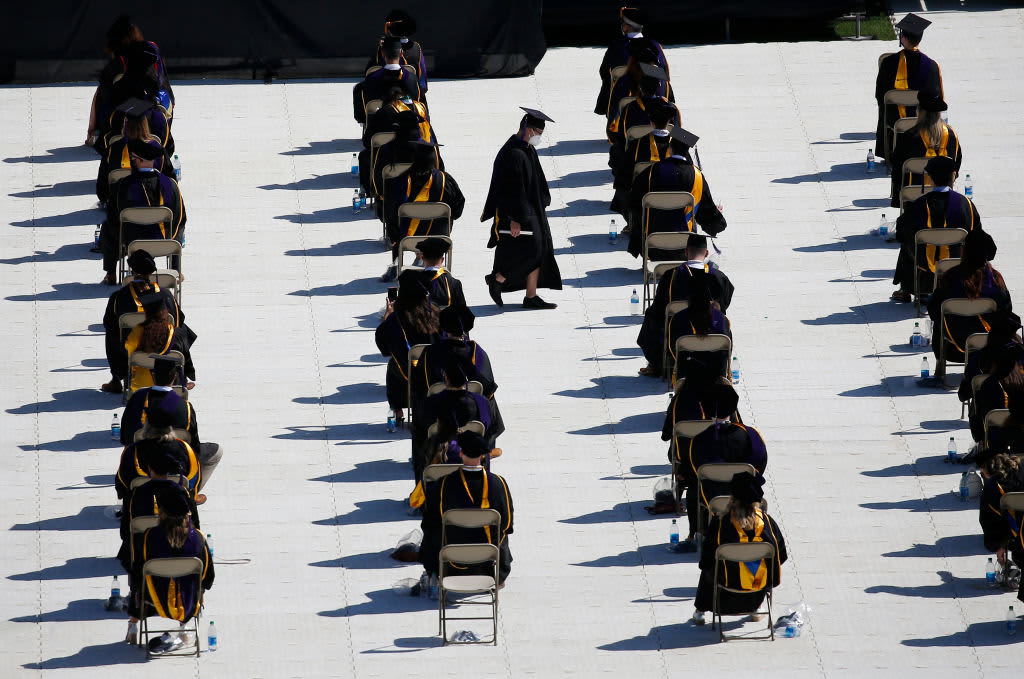In the United States, obtaining a college degree has long been seen as a pathway to success and financial stability. As the job market becomes increasingly competitive and industries evolve, having a higher education has become more important than ever before. However, not all Americans have had the same access to higher education, leading to disparities in educational attainment across different demographics.
According to recent data from the U.S. Census Bureau, around 36% of Americans over the age of 25 have a bachelor’s degree or higher. This percentage has been steadily increasing over the years, as more individuals recognize the value of a college education in today’s economy. However, when looking at this percentage through a demographic lens, significant disparities become apparent.
One of the largest factors influencing educational attainment is socioeconomic status. Individuals from higher-income households are much more likely to have a college degree compared to those from lower-income backgrounds. This can be attributed to a variety of factors, such as access to quality education, resources for college preparation, and the ability to afford tuition and other associated costs. The cycle of poverty can also play a role in limiting access to higher education for individuals from disadvantaged backgrounds.
Another important demographic factor is race and ethnicity. Data shows that White and Asian Americans are more likely to have a college degree compared to Black, Hispanic, and Indigenous Americans. This can be attributed to systemic issues such as structural racism, limited access to quality education in predominantly minority communities, and financial barriers that disproportionately affect minority populations. These disparities not only impact individuals’ earning potential but also contribute to the widening wealth gap in the country.
Gender also plays a role in educational attainment, with women now outpacing men in college degree attainment. This trend can be attributed to a variety of factors, such as higher rates of high school graduation among women, changing societal norms around higher education for women, and the prioritization of postsecondary education among young women.
While the overall percentage of Americans with a college degree has been increasing, it is clear that disparities in educational attainment persist across different demographic groups. Addressing these disparities requires a multi-faceted approach that includes improving access to quality education, addressing systemic barriers to higher education, and providing support and resources for individuals from underrepresented backgrounds. By working towards a more equitable and inclusive education system, we can ensure that all Americans have the opportunity to pursue higher education and achieve their full potential.
